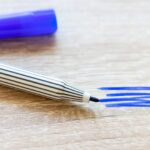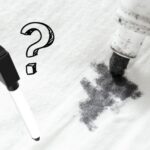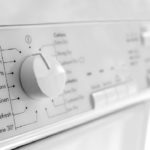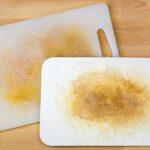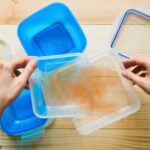The ease with which you can remove permanent marker from plastic will depend on how long the marker has been there!
If you notice the mistake immediately and work to remove the marker right after it has been placed on the plastic, it will be considerably easier to remove.
However, if the marker is old and has been on the plastic for weeks, months, or even years, then it will be considerably harder to erase.
It’s important to be cautious when tackling the permanent marker left on a plastic surface. There are several useful ways to remove the marker, but some of these ways can be potentially dangerous to the plastic itself if you approach it the wrong way.
1. Whiteboard Marker

A whiteboard marker is a secret weapon when it comes to stain removal on plastic, especially if the stain is caused by a permanent marker!
All you have to do is use the whiteboard marker to trace the entirety of the words or lines made with the permanent marker and ensure that every part of the marker is covered.
Most coloured markers will work, but black is likely to be the most successful.
This technique works best on smooth, flat plastic surfaces and will not be as effective on a bumpy or textured surface.
Wait a few minutes once you’ve covered the permanent marker with whiteboard marker and then use a damp cloth to wipe the marker mixture off the plastic surface.
If there’s anything left behind on the plastic, try using a glass cleaner or even just some vinegar on the surface to rub off the last of the marks.
This method is likely to work best on the most recent permanent marker stains.
2. Alcohol or Acetone
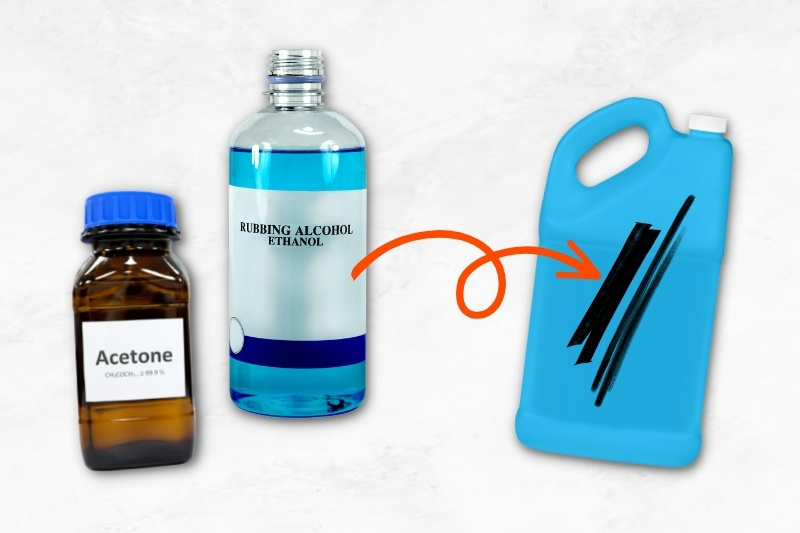
There are a few variations of what you can use in this category. You can try alcohol, acetone, or hand sanitiser to remove permanent marker from plastic surfaces.
If the stain is on a bumpier surface, or a surface that is smaller or not flat, try soaking a cotton ball or a cotton pad with rubbing alcohol, hand sanitiser or nail polish remover and then rub the cotton carefully into the stain.
If the stain is larger or on a flat, stable surface you can try pouring the alcohol onto the permanent marker directly and rubbing it with a cloth or even your fingers.
Once you have seen the desired results, use a piece of kitchen roll or a dry cloth and wipe the alcohol product properly off the plastic surface to be sure you don’t damage the plastic.
3. Magic Eraser Sponge
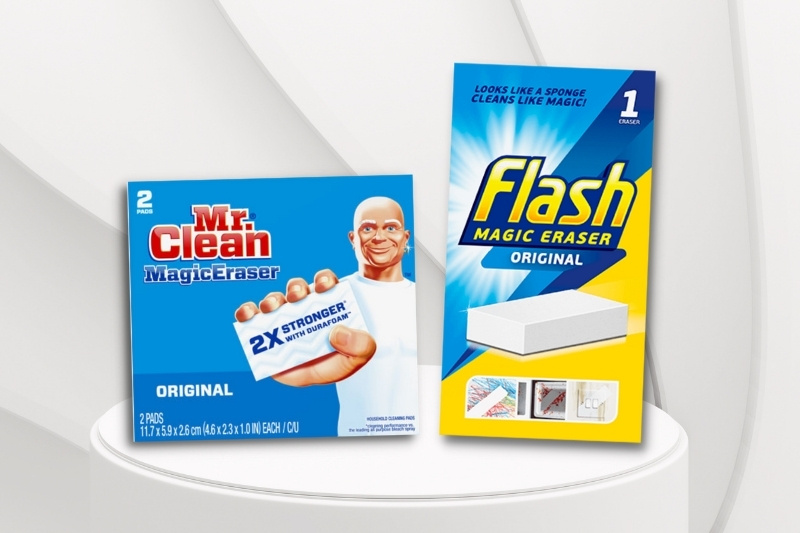
Magic eraser sponges can be bought online or in most supermarkets in the UK and are affordable and effective when it comes to certain types of stains.
To start removing the permanent marker from your plastic surface, dip the magic eraser into some water and start rubbing circles into the permanent marker lines.
It may take a few minutes before you start seeing results, but if you still see no difference after around five minutes then the marker might be set into the plastic a little too well.
If you see no difference, then you could try dipping the magic eraser into some hand sanitiser or rubbing alcohol and start scrubbing at the permanent marker again.
4. Bicarbonate of Soda and Vinegar or Toothpaste
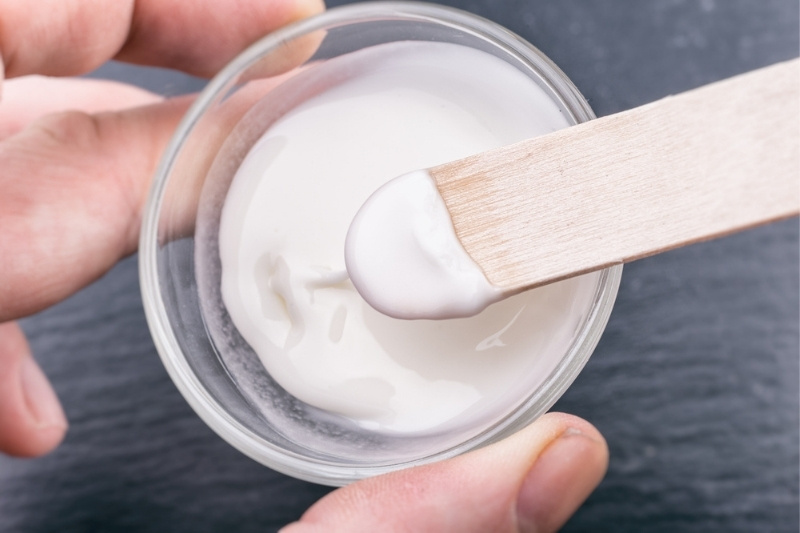
This method is the most effective for plastic surfaces that are not smooth or flat.
The paste can get into any bumps or blemishes on the surface of the plastic and can work to eradicate the marks.
Mix one part bicarbonate of soda with one part vinegar or toothpaste. Make sure to only use non-gel toothpaste, as it will work much more effectively with the bicarbonate of soda.
When you combine the two products it should create a thick paste that you can then spread properly over every part of the permanent marker lines on your plastic surface.
Use more of the paste if the marker is over a large area, or if it has been there for longer.
Let the mixture sit for a few minutes on the marker stains and then start to rub the area with either a cloth or a toothbrush, depending on if the surface is flat or textured.
You may need to scrub for a few more minutes before you start to see results.
If there are any marks left after you’ve scrubbed the area, try using some rubbing alcohol or hand sanitiser to remove the last bits.
Conclusion
There are several effective methods for removing permanent marker from plastic surfaces. Some methods will be more effective on different types of plastic surfaces, but all should successfully fight those stains.
If none of these techniques is effective against the permanent marker lines that you are trying to erase from your plastic surface, then the marker might have been there for too long and it could be too late to remove the marks.

An adventurous book lover with an animal obsession and a proclivity for travel and spontaneity. Used to passionately despise cleaning but has grown to enjoy it thanks to learning all the best tricks and shortcuts to guaranteeing a stress-free routine and a spotless home.

